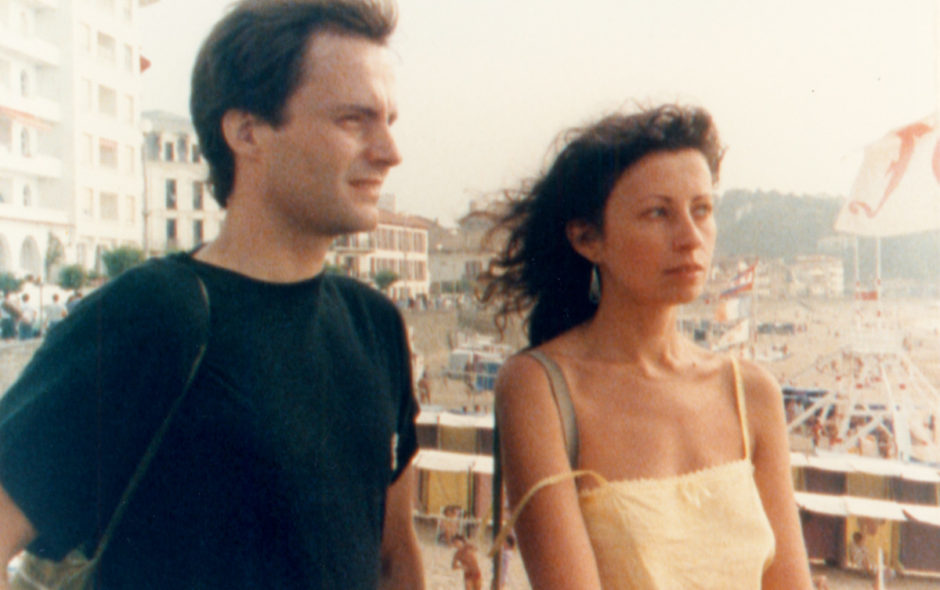Éric Rohmer’s The Green Ray (1986; originally Le Rayon Vert) explores a certain kind of loneliness — unfulfilled, despondent, naïve — that flourishes in young adulthood. Parisian secretary Delphine (Marie Rivière, also a co-writer) is surrounded by happily coupled friends while she recovers from a two-year-old breakup. Lost, adrift, and depressed, she is crushed when a friend cancels their vacation plans at the last minute. Parisians are allowed extensive vacation time, and Delphine clearly needs hers. She needs something to heal her soul — though what exactly that might be remains a mystery.
She tries a few different paths: a relaxing summer house, where her friend’s family clashes with her vegetarianism and need for solitude; a one-day trek in the mountains that becomes an exercise in crying; a beach crowded by horny, semi-naked peers to whom she cannot relate. She keeps hearing “You’re lonely, you’re sad, you need to hang out with friends, you need a new boyfriend.” The people offering this advice are lounging in colorful French summer clothes and bathing suits, glasses of wine in their hands, and they’re startled when Delphine cries in front of them.
Still, Delphine believes in destiny and fate, and she tells her astrology-believing friends about seeing green objects everywhere, including a playing card on the street. This becomes the film’s mysterious motif — she finds another green card and then overhears a group of older travelers talking about Jules Verne’s The Green Ray and the optical anomaly it’s named after: In a certain setting, at twilight, an emerald flash appears just as the sun sinks below the horizon.
A Hollywood production might force Delphine to track down the phenomenon as a means of self-discovery; thankfully, Rohmer’s film doesn’t. It’s not spoiling the ending to reveal that Delphine does experience a glimmer of epiphany — via more than one channel, including the happenstance of meeting someone willing to listen to her incoherent ramblings (“I’m wary of guys. I’m crazy. I don’t meet any…anymore”). The result is a beautiful narrative of self-discovery, elegant in its simplicity; Rohmer doesn’t have to push hard on his basic premise to find extraordinary meaning.
Despite its outdated emphasis on women finding a “mate” in order to feel whole, The Green Ray still speaks to a universal need to be understood. Sometimes that kind of validation required in young adulthood is found in — yes, why not? — a romantic partner. Certainly none of Delphine’s friends — virtually all of them women — understands what she’s going through. Merely pointing out her depression isn’t useful. But if The Green Ray were made today, Delphine’s search might well lead her to a woman friend who “gets” her. As it is, Delphine’s friends and acquaintances aren’t on her wavelength; she desires something more profound from conversation, but her fellow Parisians want summer relaxation. They don’t crave nuanced philosophical interaction. They want to make jokes and eat pork chops.
To truly connect with someone — romantically or platonically — is a rare occurrence. To not have had that emotional connection for so long is what led Delphine to despair, yet The Green Ray shows how even the most hopeless person can find optimism again in simple, everyday things.

